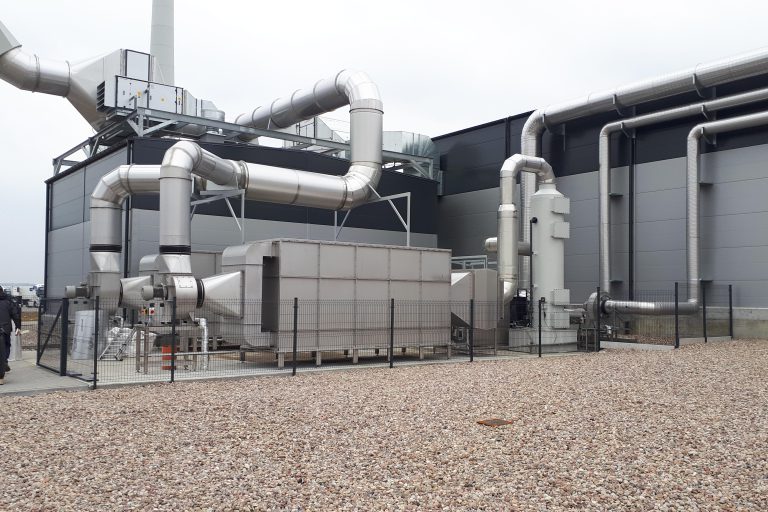Industrial Food Processing
Odour removal in Industrial Food Processing
In Food Processing, most of our references are within Frying applications, however we are increasingly implementing our solutions on Smoking, Roasting and Fish Processing applications.

Frying
Frying applications include high temperature oil frying of products such as French fries, Crisps/Chips, Noodles, Chicken, Fish, Meat and Pastries.
Potato Frying
Potato frying applications, typically include Crisps, Chips or French fries. The Centriair system removes oil, odour and gaseous compounds from the fryer gas. The clean gas will meet the strictest regulations on particles, VOCs and odours. Ductwork and rooftops are kept clean which reduces maintenance and fire risks to a minimum, and heat can more easily be recovered.
French fries are typically fried in palm oil which solidifies at ambient temperature. This makes heat tracing of drains for separated oil necessary. The installation footprint is typically larger in Chips/Crisp applications compared to French fries, as more water is evaporated in the frying process.
In many potato frying installations we recover heat from the stack. In particular when frying Crisps/Chips, significant heat can be recovered and reused for blanching, heating of the building and tap water. In French fries applications, the heat is usually recovered in the dryer to reduce the energy input to the fryer.
Meat Frying
Meat frying represents significant emission reduction challenges as the frying process typically emits fine liquid and solid particles as well as gaseous components and odours.
The off gas often contains gaseous components with strong odours at low concentrations. The particles also carry a significant proportion of the odours. Effective particle separation is therefore necessary. The particles are typically sticky and have a tendency to clog the treatment system posing a maintenance challenge and potential fire hazard.
Snack Frying
Common Snack frying applications include Tortilla, Extruded Products and Nuts. In Snack frying, oil droplets deposits in the stack and on rooftops, creating maintenance issues and may cause fire hazard. The gas typically contains more oxygen than water vapor which means that a fire can easily propagate in the stack.
Snack Frying typically generate lower gas flow rates compared to Potato frying. The particles are usually easy to separate and our small to midsize units are often enough to reach required results.
Solution
The first treatment step in all Frying applications is the removal of particles using a Centrifugal Separator. If further odour removal is needed (the particles carry part of the odour) and/or if VOC removal is required, a CentrOx™ system is used in which the centrifugal separator is integrated with our ColdOx™ technology. The efficient removal of particles allows for heat recovery using highly efficient Heat Exchangers, frequently installed in Frying applications in combination with the cleaning system.
The combination of centrifugal particle separation and oxidation of VOC and odours using the ColdOx™ technology, solves air treatment problems in the most difficult Frying processes, while reducing operation and maintenance cost compared to traditional solutions such as filters, scrubbers and incinerators.
The Centrifugal Separator operates continuously and rapidly evacuates the separated oil particles. The oil can in many cases be returned to the fryer and reused.
In the next step, the energy is recovered from the gas. This is achieved in an efficient heat exchanger that condenses the water vapour in the gas to water, while the heat is transferred to heat users in the factory (pre-heating of oil, blanching, tap water, heating of building etc.) and the water is recovered.
Finally, the gas is treated in the ColdOx™ unit in which gaseous compounds are removed along with the remaining odours.
In Meat Frying, the ColdOx™ treatment step is usually required due the high prevalence of gaseous highly active odour compounds. In Potato and Snack Frying, emission problems are typically more restricted to particle emissions but in certain processes and when restrictions on odour emissions are stringent, a ColdOx™ unit may be required.
In Meat Frying, the proper dimensioning of the Centrifugal Separator system is critical given the small particles in the exhaust gas. In addition, due to the sticky nature of the particles, a CIP™ should be installed to guarantee that the separators are kept clean.
Benefits
- High particle separation performance (100% removal of particles > 1µm)
- Efficient removal of gaseous compounds and odours.
- Low maintenance and maximum process uptime.
- Cleaner piping and reduced fire hazard.
- Low energy consumption
- Efficient heat recovery
- Compact installation
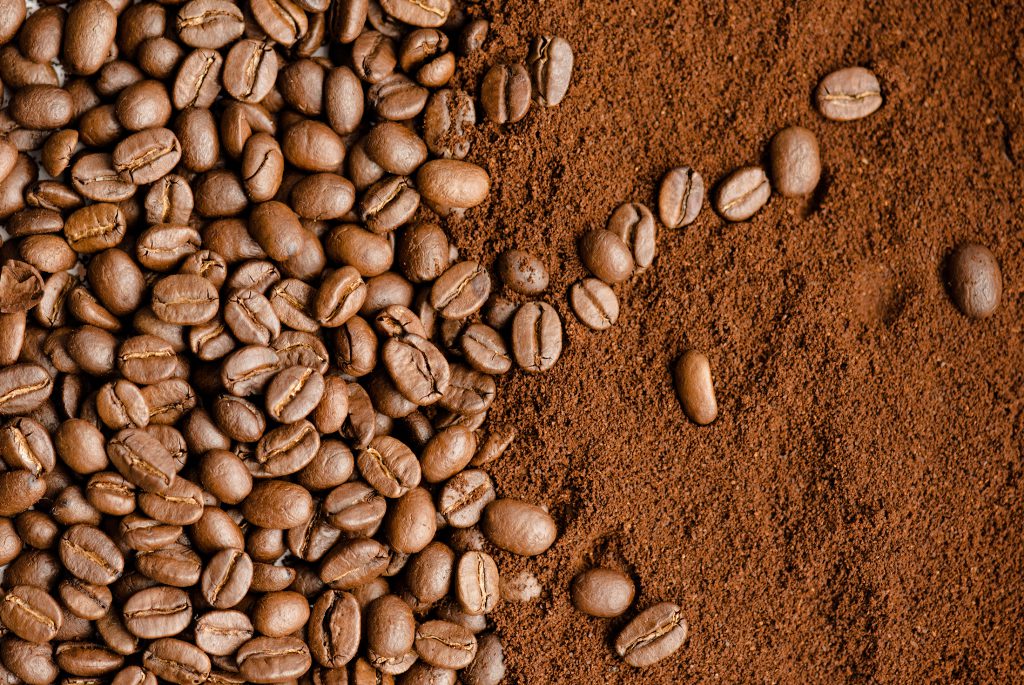
Roasting/Smoking
Roasting applications include roasting of Coffee beans, Peanuts, Cocoa beans, Nuts Tea and Malt. In Roasting applications we deliver energy efficient, low maintenance solutions for removal of particles, VOC and odour from the roasting gas. Depending on the requirements, the solution can be limited to removal of particles trough centrifugal separation, or include a full CentrOx™ system to remove particles, VOC and odour.
Compared to afterburners, the system typically enables energy savings of 70-90%. Additional energy is saved if heat is recovered.
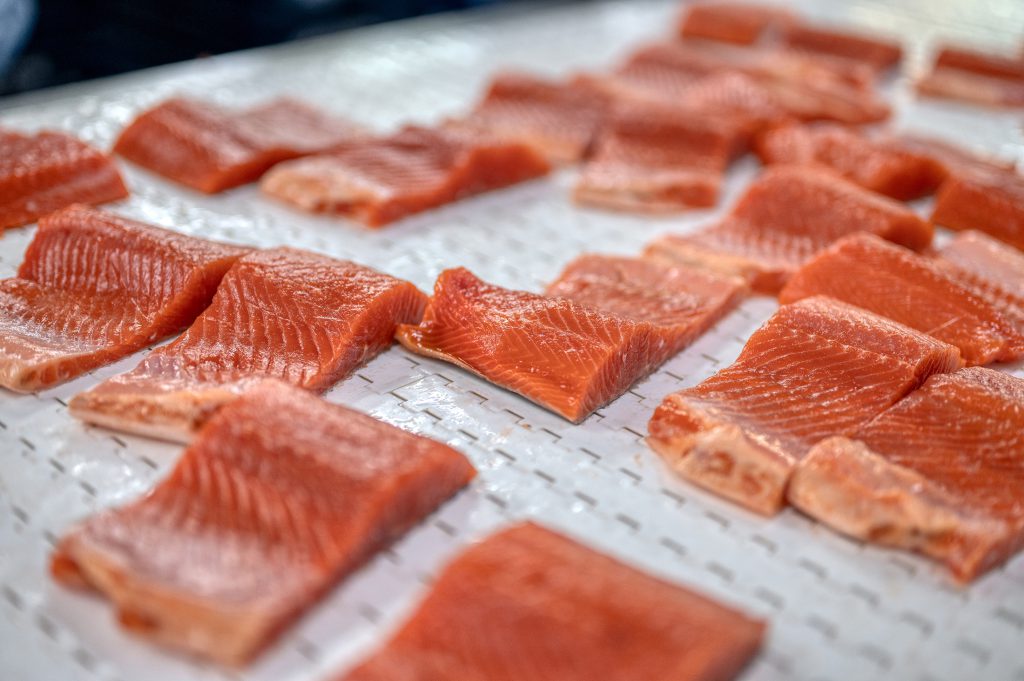
Fish Processing
Fish Processing includes fish handling, the manufacture of fish products and the treatment and recycling of fish waste.
Fish Processing can generate significant odour problems. Our solution addresses odour issues from fish canning and other fish processing, fish waste holding tanks, liquid fish waste treatment and recycling of solid fish waste to fish meal.
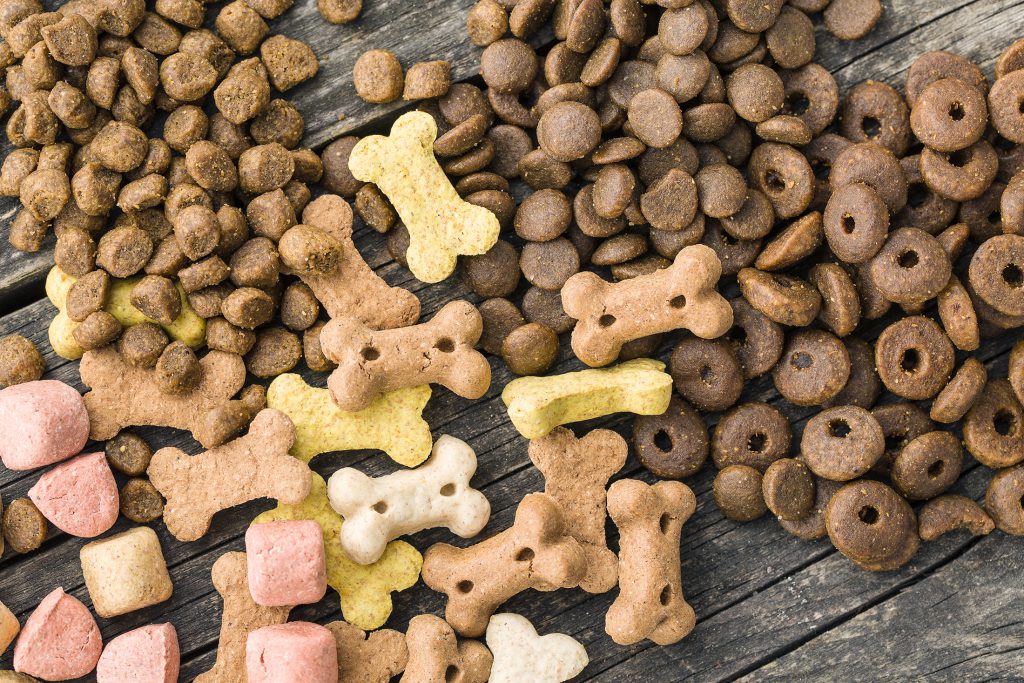
Pet Food
There are a number of different processes for pet food preparation, depending on type of pet, raw material and brand. Our main focus has been drying applications where a mixture of meat and vegetables are dried at high temperature. This creates a process air flow with odours. Energy recovery may also be useful and needed and can be a part of the solution.
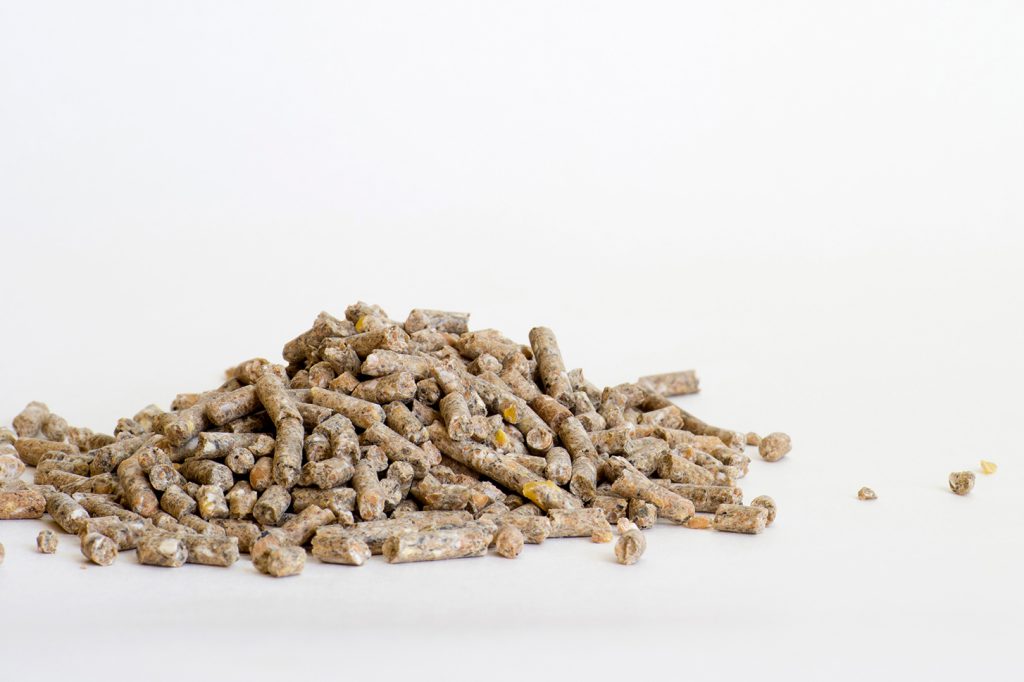
Animal Feed
Animal feed is the preparation of feed for bred animals within the agricultural sector. Typically, the raw material is processed to increase nutritional value or extend the feed expiration date. Typically drying, heat treatment, pelletizing and mixing. The process may produce dust as well as an odour.

